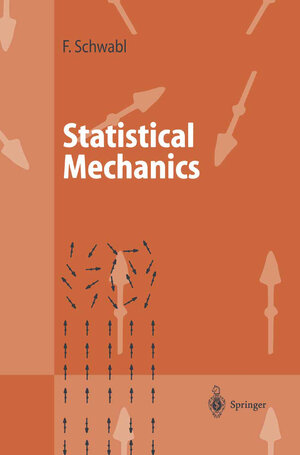
From the reviews of the second edition:
„This book gives a thorough account of the subject in a logical … manner. … Each chapter concludes with a reference list and a number of detailed problems. … The book has a clear pedagogic style and is recommended for physics students from third year on. … This one will be a valuable resource for both researchers and teachers alike.“ (Murray Batchelor, Australian Physics, Vol. 32 (6), 2007)
„The book under review is an English translation of the second edition of the popular textbook on equilibrium and non-equilibrium statistical mechanics. … This is a well-written and well-balanced textbook, accessible to anybody with knowledge of analysis, probability theory and quantum mechanics. The scope of presentation makes it useful not only to physicists but to a much larger audience of non-physicists who need a quick introduction to the statistical aspects in their own field.“ (Jacek Banasiak, Zentralblatt MATH, Vol. 1131 (9), 2008)
In addition to a deductive approach to equilibrium statistics and thermodynamics based on a single hypothesis - the form of the microcanonical density matrix - this book treats the most important elements of non-equilibrium phenomena. Intermediate calculations are presented in complete detail. Problems at the end of each chapter help students to consolidate their understanding of the material. Beyond the fundamentals, this text demonstrates the breadth of the field and its great variety of applications. Modern areas such as renormalization group theory, percolation, stochastic equations of motion and their applications to critical dynamics, as well as fundamental considerations of irreversibility, are discussed. The text will be useful for advanced students of physics and other natural sciences; a basic knowledge of quantum mechanics is presumed.


